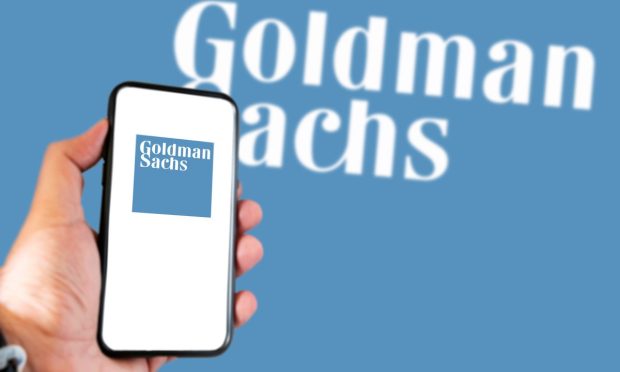Goldman’s Interest in NFTs Could Speed the Tokenization of Real Assets

As Goldman Sachs’ interest in the potential uses of cryptocurrency beyond simply buying and selling cryptos like bitcoin continues to grow, the “tokenization of real assets” using non-fungible tokens (NFTs) is an area it considers as having great potential.
So said Mathew McDermott, global head of digital assets at the banking and investment giant, at the Financial Times Crypto and Digital Assets Summit Wednesday (April 27), according to CoinDesk.
And while the idea isn’t exactly new, it has been discussed and experimented with far more than actually put into practice. That’s why the interest of a financial institution (FI) like Goldman Sachs is so important.
See also: What Are NFTs and Why Are They Crypto’s Newest ‘Next Big Thing?’
NFTs are a subset of cryptocurrency tokens in which one is unlike any other. They can carry any type of media, from art and music to metaverse avatars and text — including legal agreements and documents.
A year ago, storied venture capitalist Tim Draper told Forbes he believes NFTs would be part of real estate in the physical world. He predicted people would soon be able to buy a building, the air rights and the virtual rights of any physical space.
That’s where the tokenization of real-world assets comes in. An NFT could hold anything from the title to a house to a share of stock, or even government-issued documents like a passport. Because they are immutable — meaning they cannot be changed once written onto a blockchain — and transactions transferring ownership can be tracked on that blockchain, providing proof of provenance, they are an obvious medium for control of real assets.
In November, Goldman Sachs announced a partnership with Digital Asset to use its technology to build an end-to-end tokenized asset infrastructure.
Read also: PYMNTS NFT Series: Tokenizing Assets Is NFTs’ Next Frontier
“We are actually exploring NFTs in the context of financial instruments, and actually there the power is actually quite powerful,” McDermott said at the event, per CoinDesk.
The Securities and Exchange Commission (SEC) has noticed all this, with even crypto-friendly Commissioner Hester Peirce warning that tokenizing NFTs could make them securities fairly easily.
See more: How Did NFTs Become SEC’s Newest Crypto Target?
Taking Stock
Of course, financial instruments and equities are the low-hanging fruit for tokenization, and this can be done using regular cryptocurrency tokens minted for purpose as opposed to NFTs. But NFTs have several advantages, notably that the text of the contract or asset would be easily readable as a document or could even involve a video of two parties agreeing to a deal.
McDermott has said tokenization of these assets can mean tokenizing a traditional financial asset after it has been issued, or issuing it directly on a blockchain.
The latter is something Goldman Sachs has already experimented with, joining the European Investment Bank (EIB) in issuing and settling a 100 million euro (about $105 million), two-year bond on the Ethereum public blockchain June 10.
“Ultimately, issuers should be able to automate the entire lifecycle of their bond transactions on the blockchain,” McDermott said in an announcement at the time. “[I]ssuing debt on the blockchain would allow firms to appeal to a much broader investor base by leveraging the programmability of the technology to fractionalize the digital debt or any financial instrument. In other words, it’s democratization in action.”
He said that in the next five to 10 years, all assets and liabilities could be native to a blockchain, with all transactions occurring on that chain, CNBC reported in August 2020.
